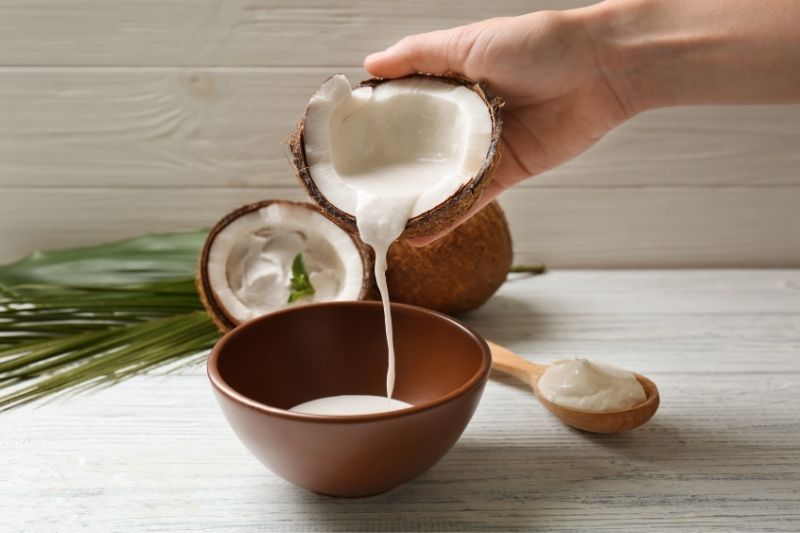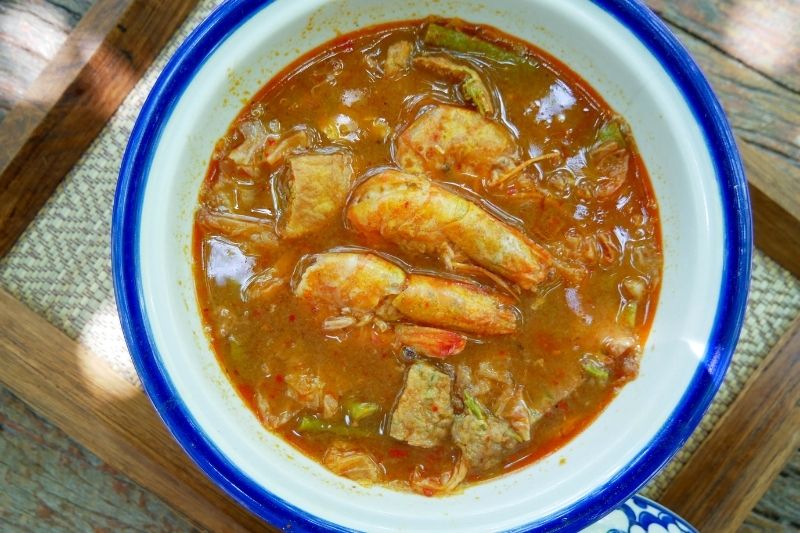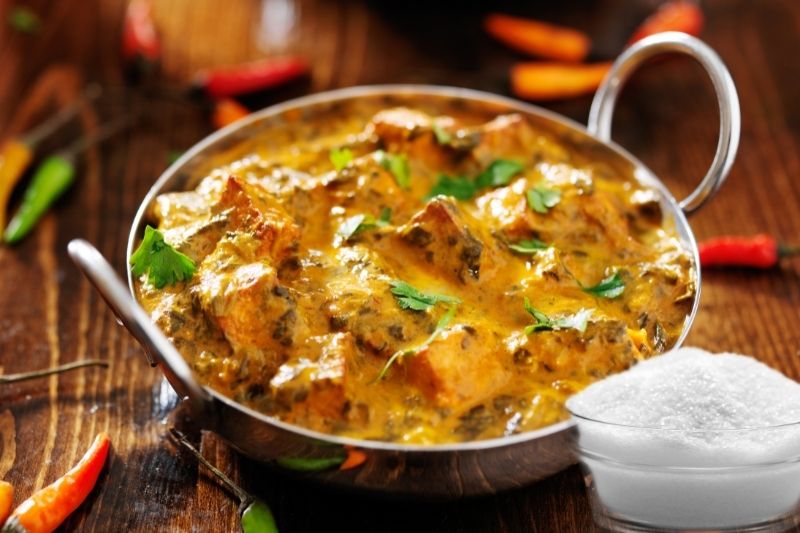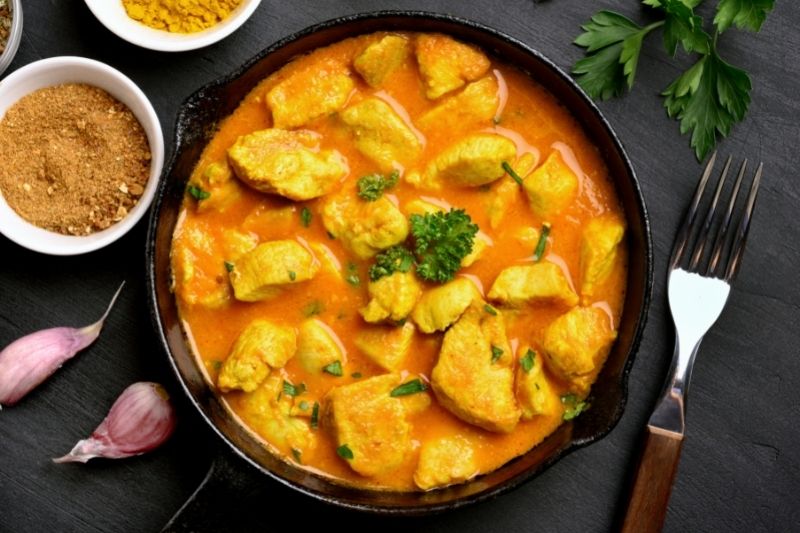Mild, creamy, spicy, sour… there are many different flavour profiles that can be included in a curry recipe. Alongside the level of heat, the sweetness of a curry is one of the most distinguishing factors.
There are some curries which are naturally sweet due to the ingredients that are included. But what can you do if your curry doesn’t have the sweetness you were expecting?
Here’s a look at a few ways to sweeten a curry during cooking.
Ways to Sweeten a Curry

It’s possible to tweak the taste of your curry as you cook it; taste it regularly and make small adjustments until you reach the flavour profile you were looking for.
It’s possible to add sweetness to your curry as it’s cooking. Whether the recipe isn’t sweet enough or you’re trying to correct the balance of flavours, there are a number of ingredients you can add to introduce more sweetness into the curry.
1. Sugar
It may sound simplistic but often the easiest way to add sweetness to a curry is by adding some sugar. Refined sugar isn’t typically used in Indian cooking; most chefs prefer jaggery, a type of unrefined palm sugar.
2. Mango chutney
Mango chutney is another popular method used in Indian cooking to add sweetness and depth of flavour. This works well with fruity curries as the flavour of the mangos will complement the recipe.
3. Coconut cream

Coconut cream is naturally sweet and is a core ingredient in dishes such as Pasanda. As well as adding sweetness, it can make a curry taste very rich.
4. Raisins
If you don’t want to alter the overall flavour of the curry but just want an occasional pop of sweetness to balance it out, raisins might be the solution.
They hold their structure well, even during prolonged cooking, while also absorbing the sauce to become extremely juicy. This provides a delightful little explosion of sweetness in the mouth, counteracting heat, and sourness in the curry.
How Do You Fix Sour Curry?

Not all curries are sweet, but if the balance of flavours is slightly wrong a curry can easily become too sour.
The good news is that curries are a dish which can be easily adjusted during the cooking process; regularly tasting it is one of the perks of being the chef!
If the flavour profile has tilted too far into sourness, you can pull the curry back by adding some sweetness.
Cream, sugar, honey, or even caramelised onions are all excellent for providing some sweetness and helping to balance out a sour taste.
Another option is diluting the sourness by adding more of the other ingredients, such as vegetables, liquid, and meat. You’ll get a bigger dish as a result, but the sourness will be dialled down.
Acid ingredients are often the culprits for a curry that tastes too sour so try to avoid overdoing wine, vinegar, and tomatoes in the first place.
Can You Sweeten Curry with Sugar?

Sugar might not be the first ingredient that springs to mind when you think of curry, but it’s included in many recipes.
Traditional curries don’t use refined sugar but jaggery, a type of unrefined sugar that’s collected from the sap of either palm trees or sugar cane. Jaggery is sometimes also referred to as palm sugar.
If you’ve only ever seen refined sugar before, the appearance of jaggery can come as a surprise. It’s not white, but a brown, solid chunk which has a slightly chalky look.
Lumps can be broken off the jaggery which then dissolves during cooking to impart a sweetness which is almost caramel-like in flavour.
Most sweet curries include a small amount of jaggery in their list of ingredients.

Chef’s Pick is your guide to the best kitchen equipment and appliances in the UK.
We help you understand the confusing world of cookers, ovens and cookware so you can get the most out of your kitchen.



